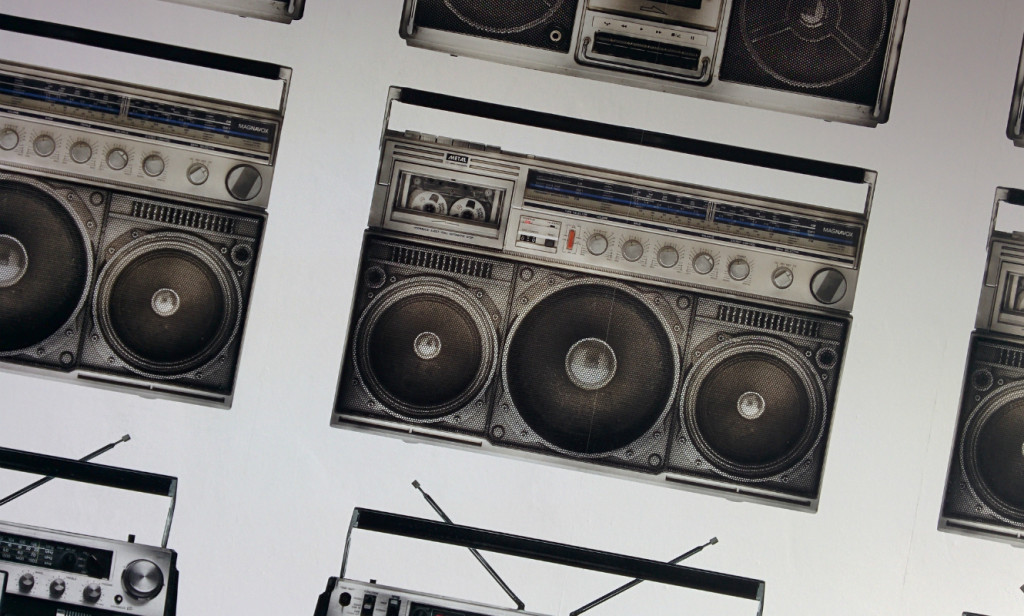Champagne and Malt Liquor: Bubbles and Troubles in Hip-Hop

Since hip-hop’s inception in the Bronx during the 1970s, the genre has been intrinsically linked with alcohol. In particular, champagne and malt liquor represent two contrasting chapters in hip-hop’s early dichotomous development as an art form and vehicle for social commentary.
First mentioned on Kurtis Blow’s 1982 Boogie Blues, and lionized in the 1983 movie Wild Style, champagne has been firmly rooted within East Coast rap culture since its inception. In fact, according to Hip Hop Word Count, between 1980 and 2010 champagne brands were mentioned in hip-hop songs 775 times, with 432 mentions coming from East Coast artists.
Champagne’s introduction into hip-hop came at a period when the genre was “just beginning to find its footing in the mainstream, and artists started reaping the benefits of commercial success.” During this time “a line in the sand was drawn around aspirational motifs like champagne.” In hip-hop’s early years, champagne formed a schism between pioneers of the genre, such as Melle Mel, who wanted hip-hop to stay grounded in its humble roots, and aspiring artists like Anthony “AZ” Cruz, who correlated access to champagne with “making it” in hip-hop.
Champagne’s proliferation within East Coast hip-hop culture can be attributed to Branson Belchie (also known as Branson B.). Credited with introducing his friends Christopher “Notorious B.I.G.” Wallace and Sean “Diddy” Combs to Cristal, Dom Perignon, and Taittinger Comte de Champagne Rosé, Branson Belchie’s influence in hip-hop’s embracing champagne is so substantial that his name has been mentioned in more than 60 songs over the past two decades.
Champagne’s relationship with hip-hop was not isolated to New York City. While their styles differed, artists from the West Coast, the South, and the Midwestern Rust Belt all perceived drinking champagne as an aspirational status symbol. In the words of Killer Mike, an emcee out of Atlanta: “When you pop champagne, man, a guy holding a 40 [oz. malt liquor bottle] can’t stand next to you.”
In direct contrast, malt liquor’s relationship with hip-hop extends beyond the genre and dates back to the 1960s, when brewers started to direct their advertising to African-Americans. Prompted in part by the societal shifts of the Civil Rights Movement, brewers began to place malt liquor advertisements in African-American media, and featured African-Americans prominently in their advertisements (like this ad, featuring Billie Dee Williams). One of the first malt liquor brewers to pay attention to the African-American community, Champale, ran a 1966 print ad showing an African-American couple in evening dress with the caption, “Ready, Set, Glow!”
Malt liquor’s short-lived parabolic popularity in hip-hop underscored the genre’s commercialization in the late 1980s. In 1987, the McKenzie River Corporation launched St. Ides malt liquor. With an 8.2% ABV, St. Ides differentiated itself not only by its strength, but also in its advertising. Launched in 1988, St. Ides ad campaigns featured prominent artists such as WuTang Clan, Notorious B.I.G., Snoop Dogg, and 2Pac. While the hip-hop community initially embraced St. Ides, others in the genre, such as Public Enemy’s Chuck D, considered the brand a representation of the “malt liquor problem in black America.”
Whereas champagne in hip-hop questioned the direction of the genre, malt liquor raised concerns about the commercial exploitation of the African-American community. In an interview following the release of the 1991 Public Enemy song One Million Bottlebags, Chuck D derided malt liquor brewers for “massive campaigns” targeting African-American communities, and added that the drink led “to a lot of black-on-black violence in America.”
Compared to champagne’s appeal to early hip-hop artists (who associated champagne with individuals in their communities who “weren’t rappers” but rather “leaders in the streets”), malt liquor created a connection between hip-hop nobility and poor demographics in inner city communities. Advertisements, such as the 1993 St. Ides ad showing Ice Cube jumping out of a helicopter, climbing into a Porsche, and rushing home to a 40 oz. bottle in his fridge, promoted the narrative that hip-hop was all encompassing — from the core hip-hop audience in the inner city to its growing fan base in the suburbs. Ultimately, malt liquor’s popularity faded as hip-hop embraced the celebration of wealth and luxury through artists like Sean “Diddy” Combs. As hip-hop executives and artists became wealthier, cheap brands like St. Ides quickly lost their appeal.
The role of champagne and malt liquor in hip-hop’s early development points to a root question inherent within the genre: How do we define hip-hop as it is now? While countless arguments among fans about which artists are “too commercial” or who represents “real hip-hop” may seem myopic, they point to hip-hop’s overall social amenability. Despite seemingly representing opposing demographics, champagne and malt liquor constitute the all-encompassing identity of hip-hop; an identity strongly engrained in the American societal fabric.
Ruben Gzirian is a pursuer of fine whiskeys, with Michter’s US*1 American Whiskey his current favorite. He holds an MA from the Middlebury Institute of International Studies and enjoys reading World War II history, with a focus on the Eastern Front.
Photo credit: James Cridland

